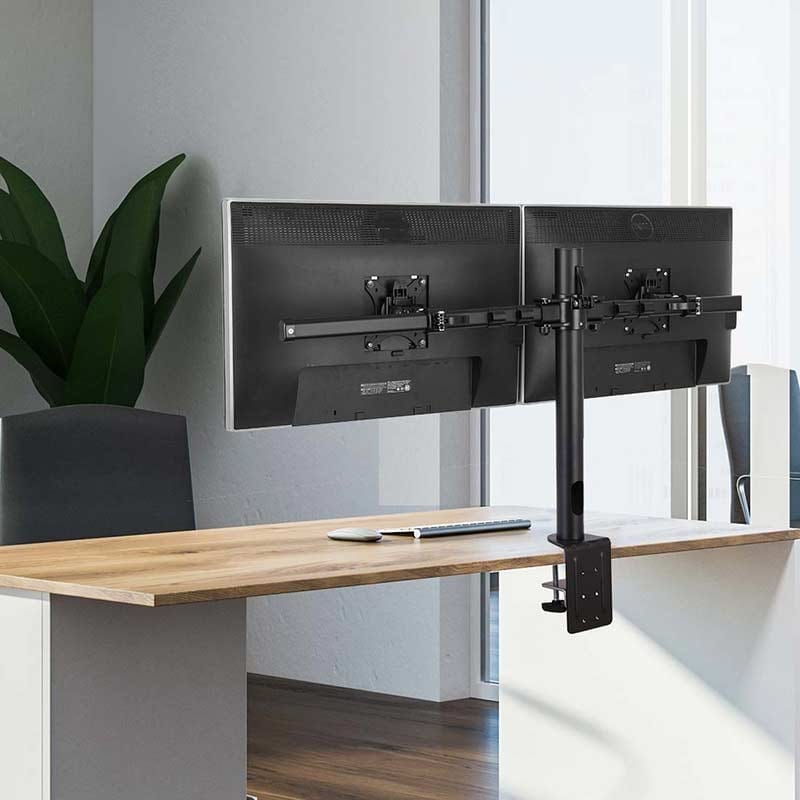Most often than not, people settle. As far as careers are concerned, they get stuck in jobs they no longer derive joy from. And why? They fear judgment from their family and peers; they fear to be tagged as a failure and worry that they might just fail if they start another career path.
If you are in a similar pickle, you might feel you’re alone and miserable, but this is not the case. As much as we hate to admit it, misery loves company that this news flash may come as a relief: career shifts actually happen a lot more than people think. Statistics can’t even quantify how many people jump from one career to another within their lifetimes. So cheer up! Because it’s normal to want a change, whether you’re considering a different position in the same industry or going for something bigger as in jumping to a completely different field of interest.

There are many reasons why people clamor for a career shift. They want to change their careers because they are stressed and burnt out. They yearn for a more flexible work arrangement. They are looking for opportunities with a higher pay or to go up in the corporate ladder. Sometimes, it’s not about the money. They feel the desire for appreciation and fulfillment that their current careers just don’t give them.
Of course, we might make it seem like it is so easy to change careers. It’s not. It’s a big leap of faith that most people are afraid to take because they feel they’re already too old to even consider starting a new career. But human society has seen it before. Grandma Moses did not start painting until she was 80 years old. We repeat, 80 years old! If she can do something new at that very late age in her life and excel at it to even become an icon we look up to today, so can you.
It doesn’t mean however that you should just plunge into a new career without the necessary tools. Even though you’ve waited for so long to do it, jumping right away is not a smart move and would just leave you frustrated. Planning a career shift involves tedious research and preparation. Here are ways on how to make that career shift as successful (and fulfilling) as it can be:

1. Start a journaling practice.
You might have already decided but it still helps to assess your current job. Write down your thoughts and feelings on recurring events that happen to you in your job position. Be specific as much as possible on what you do not like about your job. This will help you analyze what will satisfy you in a job.
Also, keep a record of your personal skills and interests that you want your next job to give you the opportunity to utilize. Think about your life’s successful moments and pinpoint the skills that helped you achieve success at that point in time.
2. Clearly define what type of career change you are considering.
A departmental transfer within the same industry is different from hunting for a job in a completely new field of interest. Take into account the skills, interests, and experiences you wrote in your journal for an idea of a career that suits your interests the best, will satisfy you, and make the most out of your talents and skills.

3. List down specific job titles and industries you think will be best for you.
This may sound easier than you think, but trust us, you might even need to call a friend to help you out. You don’t know everything so don’t be shy to ask around. Ask your colleagues about possible careers and you might get surprised with the information they’ll offer on the deck. They could give you their personal insights about your work performance and what careers they think will suit you. Consider talking to a career counselor as well because they could help you understand your personality better and pick a fitting career.
4. Research the jobs on your list.
So you’ve narrowed down your job matches; now it’s time to do the actual research. After surfing time on Google, don’t hesitate to talk to people who are already in your field of interest and ask about their experience on the job. You may look through your yearbook or alumni groups and check what careers your schoolmates are in right now. When you approach them, focus your line of questioning on their personal experiences rather than asking their opinion about the industry in general.

5. Strategize and plan based on your findings.
After careful evaluation of career paths you want to take, it’s now time to sit down and strategize. You have to consider whether or not you need further education or training to hone your skills and grow your network. Write down a working and realistic schedule when you need to complete each of your goals. Besides each goal, specify the action steps to reach your ultimate goal of shifting and thriving in a new career. Go back to this plan and feel free to tweak it if something is not working.
6. Focus on the skills that you can apply to the job that you are vying for.
Your whole resume must sell why you are the best candidate for the position even though you come from an unrelated background. Make a clear personal brand of what you can add to a new company or industry, given your past career and experiences. Update business cards and personal websites to make a clear stand of who you are now and what your current goal is in life.

7. Make sure to track your progress.
It’s easy to get discouraged but for you to stay strong-willed, you have to enjoy the process---laugh at your mistakes and continue moving forward. Focus on your progress and growth rather than looking at your overwhelming goals. Take it one step at a time and track the steps you’ve taken towards that new dream of yours.
Planning with the Right Products
For your motivation to be at its best, do a vision or a mood board in a Cork Board Bulletin Board. You may pin magazine cutouts or printables that will represent the career you want to get into and give you an instant picture of the life you’ve always been dreaming to live. You may also use the corkboard as an affirmation board where you can pin daily or monthly post-its of quotes that inspire you to continue moving forward. It can also be post-its of the goals you’ve achieved in your process of shifting to another career. This will help you appreciate the journey better instead of getting discouraged or derailed.
Another product is a dry-erase whiteboard that you can use to jot down your Daily To-Do list. Ticking off boxes every time you finish a task is motivating and would help you stay productive.

To help you with your research, invest in a FlexiSpot Single or Dual Monitor Mount. A Dual Monitor Mount can help you multitask, researching for a new job while working on your current. Having a spacious work screen would change your productivity levels and keep your motivation at a high. It can even accommodate multiple configurations with a 360-degree rotating feature. Both these mounts can be clamped onto any surface and make researching a breeze for you. Both also hide unwanted cords and wires with a built-in cable management system.
